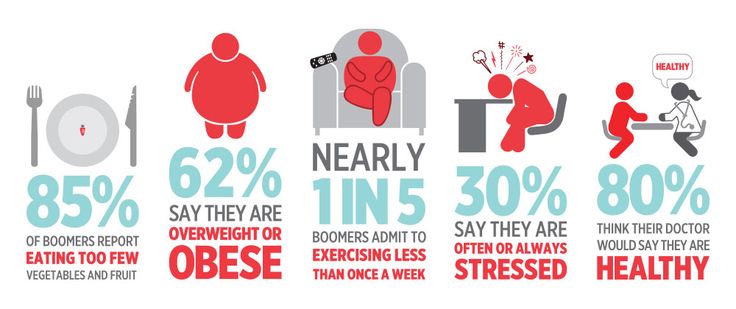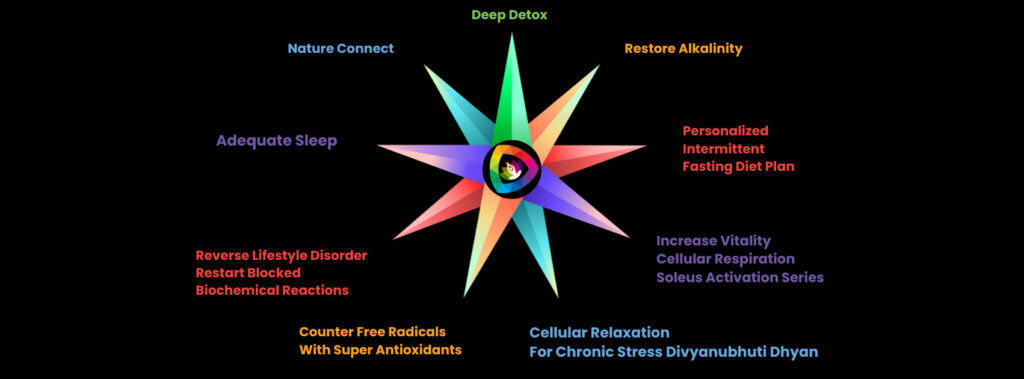Decoding the Root Causes of Health Imbalances: A Journey to Holistic Wellness

Introduction
In a world dominated by fast-paced lifestyles and instant gratification, the foundation of our health has taken a backseat. Modern ailments like diabetes, hypertension, and even cancer are no longer isolated phenomena—they are symptomatic of a deeper crisis brewing within our bodies: impaired metabolism and blocked energy channels.
This blog aims to unravel the science and wisdom behind these health issues, focusing on how diet, lifestyle, and mental stress shape our overall well-being. Armed with evidence-based insights and age-old wisdom, we’ll also explore actionable solutions that can empower you to reclaim your vitality, longevity, and happiness.

Section 1: How Your Diet Shapes Your Destiny
The Hidden Enemies in Your Plate
It’s often said, “You are what you eat.” Yet, the way we eat today contradicts this ancient wisdom. Modern dietary habits include:
- Incompatible food combinations: Did you know consuming milkshakes disrupts digestion? Proteins and acids don’t mix well, leading to fermentation in the stomach.
- Erratic eating habits: Overeating or eating too soon after a meal overwhelms the digestive system, contributing to toxin build-up.
- Reliance on processed foods: A staggering 70% of the global diet today is processed, depriving the body of essential nutrients.
The Consequences: Toxic Overload
When food isn’t digested properly, it forms Ama (toxins) that accumulate in your body. These toxins weaken vital organs, reduce cellular efficiency, and disrupt metabolic pathways. Studies show that poor diets contribute to 11 million deaths globally each year, making nutrition one of the most controllable risk factors for chronic illnesses.
Section 2: The Cost of Modern Lifestyles
What Is an Incorrect Lifestyle?
Today’s lifestyle is a recipe for disaster, featuring:
- Overexertion or inactivity: While overexercising can drain the body, sedentary habits lead to a 40% higher risk of heart disease, according to the WHO.
- Suppressing natural urges: Ignoring bodily signals, like delaying bathroom breaks or staying up late, creates long-term imbalances.
- Erratic sleep schedules: Sleep deprivation affects 1 in 3 adults globally, compromising hormonal regulation, immunity, and cellular repair.
Lifestyle’s Ripple Effect on Health
These habits weaken the body’s subtle energy channels (Nadis), disrupt hormone regulation, and contribute to lifestyle disorders. Chronic stress alone raises cortisol levels, a primary driver behind Type 2 diabetes, obesity, and heart disease.
Section 3: The Silent Killer—Mental Stress
Emotions That Harm
Mental stress is an underappreciated factor in metabolic disorders. Chronic emotions like anger, jealousy, and fear create a biochemical storm, spiking cortisol and adrenaline. These hormones:
- Contract blood vessels, increasing blood pressure.
- Suppress digestion, leading to bloating and nutrient malabsorption.
- Decrease cellular respiration, leading to fatigue and low vitality.
The Impact of Stress on Health
Stress affects every organ and process in the body. Studies from the American Psychological Association reveal that stress contributes to 77% of all physical ailments, from cardiovascular diseases to autoimmune disorders.
Section 4: Impaired Metabolism—The Gateway to Disease
The Science of Metabolic Dysfunction
At the heart of most diseases lies a single truth: impaired metabolism. Here’s how it works:
- Toxin Accumulation: Ama blocks the body’s seven energy layers (blood, muscles, bones, etc.), weakening organs and increasing the risk of chronic illnesses like cancer.
- Ojus Depletion: Ojus, the essence of nutrition and immunity, deteriorates under stress, poor diets, and lifestyle imbalances. A depleted Ojus is often the precursor to severe diseases.
What Modern Science Says
A landmark study in the journal iScience (2022) revealed that activating specific muscle groups (like the Soleus muscle) can burn blood sugar and improve metabolic function by up to 52%. This highlights how targeted interventions can restore metabolic health.
Section 5: Restoring Vitality—The Way Forward
The Holistic Path to Wellness
- Dietary Wisdom:
- Shift to whole, organic, and balanced meals.
- Avoid processed foods and opt for natural combinations, e.g., vegetables with healthy fats for better nutrient absorption.
- Incorporate detoxifying superfoods like turmeric and ashwagandha.
- Lifestyle Optimization:
- Incorporate moderate exercise routines like Soleus Activation, which is 2-3x more effective than walking or running.
- Synchronize with natural rhythms: sleep and eat at consistent times.
- Practice deep detox protocols to flush toxins from your system.
- Stress Management:
- Daily meditation and pranayama (like Kapalbhati) increase oxygen levels, reducing stress-induced inflammation.
- Evidence shows that humming OM boosts nitric oxide by 2000%, improving cellular relaxation and respiration.
Case Study: How Soleus Activation Works
Dr. Marc Hamilton’s study (2022) demonstrated that Soleus muscle activation lowers blood sugar by 52%, reduces VLDL cholesterol by 50%, and doubles fat metabolism. It’s a revolutionary practice better than traditional cardio exercises because it directly burns blood sugar instead of glycogen.
Conclusion
Health is not a mystery; it’s a science. By addressing the trifecta of diet, lifestyle, and mental stress, we can unlock the body’s innate ability to heal and thrive. Remember, small, consistent steps—whether it’s detoxing your body, aligning your sleep, or practicing mindful breathing—can yield monumental benefits.
It’s time to prioritize your health and move toward a life of vitality, longevity, and fulfillment. Start today, because your health is the greatest investment you can make.
References
- World Health Organization: The Global Impact of Poor Nutrition
- iScience (2022): The Role of Soleus Muscle in Metabolic Health
- American Psychological Association: The Link Between Stress and Chronic Illness
- International Journal of Medical and Health Research (2018): Effects of Kapalbhati Pranayama on Oxygenation
- The Lancet (2020): Global Burden of Lifestyle Disorders







Responses